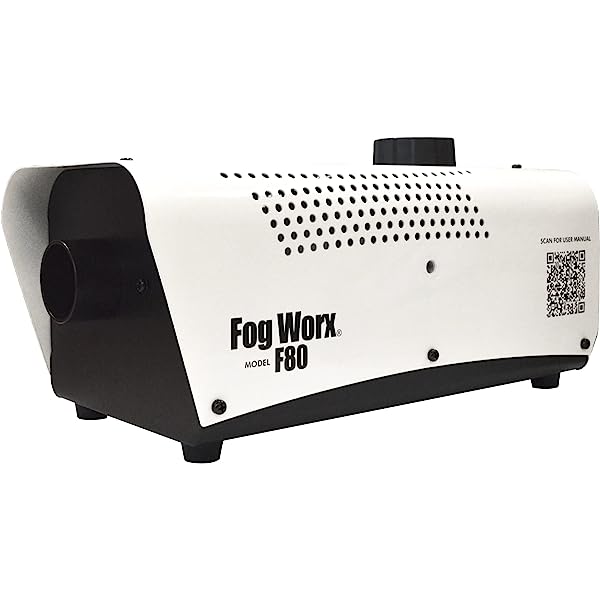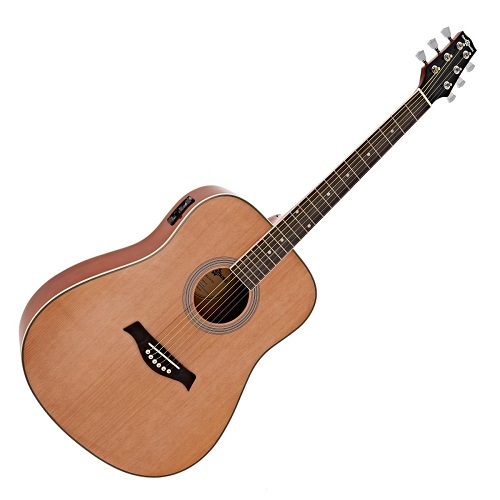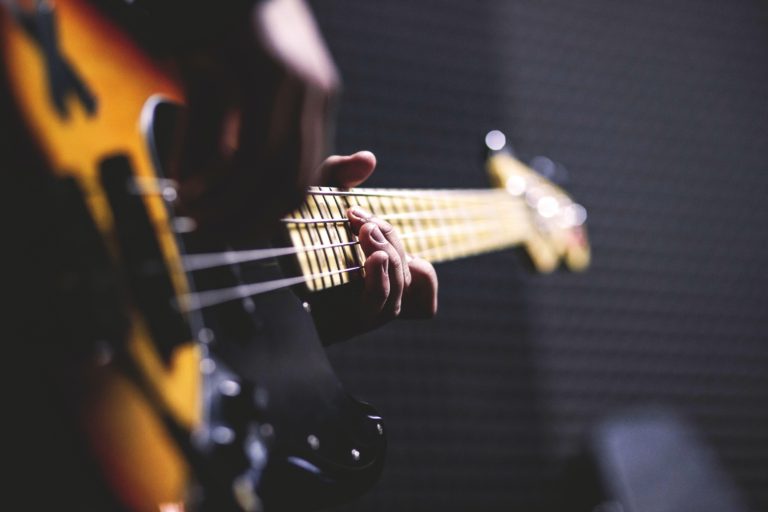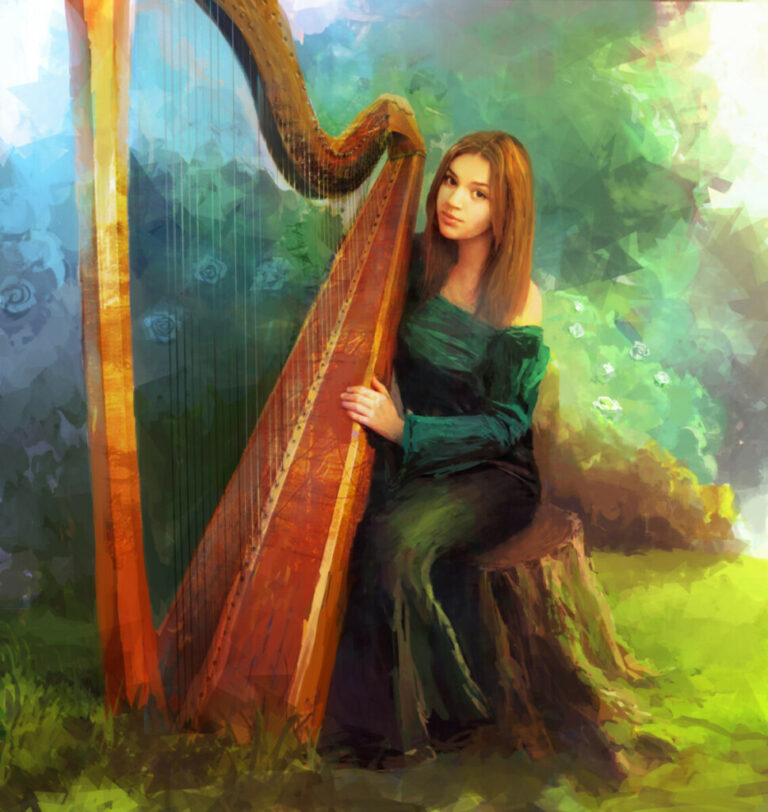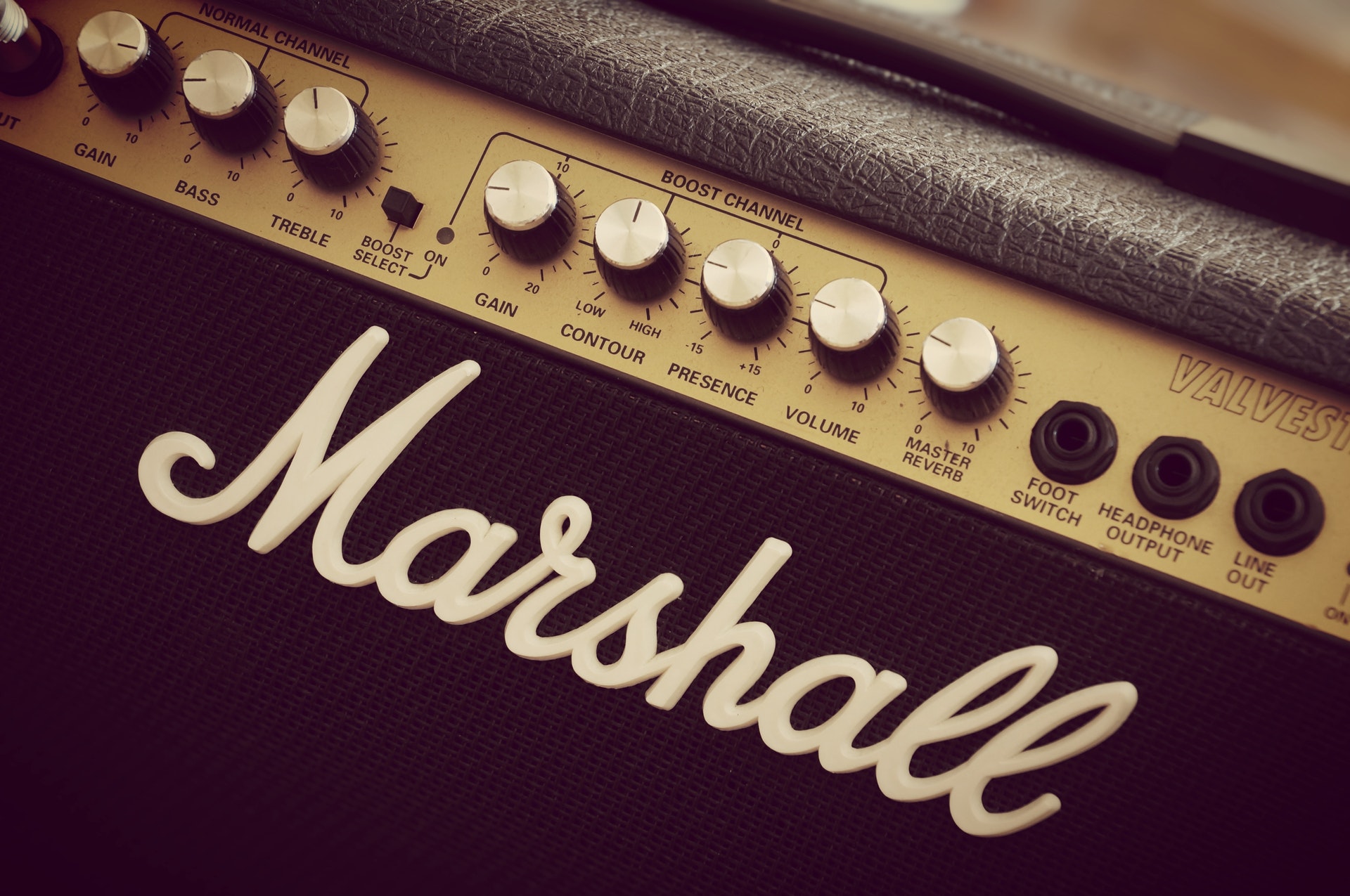The Featured Guide: How To Get Featured On A Song And On Spotify (And Use The Two Together)
Getting featured in a song can be an excellent way for musicians to collaborate and reach new audiences. Getting a feature is when an artist is a guest vocalist on another piece. In this article, we will explore strategies musicians can use to increase their chances of getting a feature on a piece. So, how do you get featured on a song?
You can get the best feature for your song by creating high-quality music that’ll attract popular talents; build a great relationship with other artists; promote your music so you can easily get noticed by other artists; work with a booking agent to set up collaborations; feature on other artists songs; or have a strong online presence
This article will discuss what it takes to get featured on a song, what you should look for when seeking featured artists, and tips for ensuring the collaboration goes well. But first, let’s start with the basics.
What Is A Featured Artist?
A featured artist is a singer or instrumentalist selected to perform on a specific song for a specific reason. This could be due to the artist’s exceptional vocals or instrumental abilities, which the song’s creator wants to highlight.
Featured artists are usually singers, but not always. For example, Beyonce featuring Jay-Z is a notable example where married couples collaborate on a song to enhance their sound. Generally, the featured artist receives royalties for their contributions to the track.
Why Have A Featured Artist?
Including a featured artist on your song, EP, or album is a powerful way to build or enhance your musical profile. It can also be enjoyable.
Having another artist on your song or project can expand your music’s availability and appeal to fans of the featured artist and yourself. This can be an effective way to gain new fans. Some artists collaborate on a single song, such as “Get Lucky” by Daft Punk featuring Pharrell Williams, while others create entire albums together, like Frank Turner and Jon Snodgrass on the project “Buddies”.
How To Get A Feature
Using social media (or any technology) to connect with artists
If you are already familiar with an artist, I think it’s a good idea to reach out through phone or text. However, if you are not personally connected with them, social media can be a good way to initiate contact.
Express interest by following them on social media, sending a direct message, and starting a conversation. Remember, every artist is different in handling social media. Some may respond quickly to direct questions, while others may take longer to discuss projects.
Remember that established artists likely have a busy schedule and may only sometimes have access to their social media channels or the time to respond to direct messages. It is common for them not to reply, so don’t become discouraged if you do not receive a response.
Another option is to email the artist. Many musicians provide their email addresses on their websites, and while established artists may forward emails to their manager or agent, some may respond personally. For example, Frank Turner is known to be one of the most accessible major artists; he makes an effort to respond to all his fans’ emails, which is not a common practice for artists of his caliber.
Working with management and agents
For artists who charge performance fees, you’ll likely have to communicate with their agent or manager to schedule a booking. Artists signed to a label also need permission from the label before proceeding with a booking, and there may be further discussions between the parties involved.
Working through managers to get a feature is a necessary feature. You’ll often need to make legal agreements, which music business professionals are more adept with anyway.
Still, building a connection with the band itself is incredibly helpful. So feel free to ask the manager for a chat. If the manager isn’t receptive, respect the boundary.
Networking
Networking is a traditional method for artists to set up collaborate with one another. Attend gigs and meet musicians you would like to collaborate with, or if you’re interested in working with an established artist, try to meet them after their performance.
Additionally, you can also book time in their studio. Many artists own or work out of specific studio spaces, so if you know where they are, visit them. This method is particularly effective in hip hop, as many rappers frequently collaborate with other musicians and producers from the studio.
If you’ve got the talent, don’t ever think an artist is “too big” for you. Boldness and skill can stand out in front of the right artist, so show your stuff!
Paying for a Featured Artist
If you have the financial means, you can use one of the previously mentioned methods to contact the artist and then offer to pay for their feature. This would involve communicating with their management and is a common and fast way to secure a featured artist, as it is often a strong incentive.
Paying takes the financial pressure from other bands, making them more receptive. This is especially true with smaller artists who don’t have the budget to handle a new project.
Sometimes, you can “pay” them with a good meal and conversation. Regardless of how deep your pockets are, it helps to be welcoming.
Promote your music
Promoting your music is key to getting noticed by other artists and industry professionals. This can involve reaching out to music blogs, radio stations, and streaming platforms to get music plays or features. You can also promote your music through social media and live performances.
Promoting your music is more of a general exposure tip, but works across the board. The more exposure you have, the more weight you have when asking for feature. If you don’t have a small backlog, the potential collaborator won’t know who they are working with.
One way to get that exposure is through getting another kind of feature: Spotify playlists. So much early exposure and awareness can be driven using Spotify, helping you get more features.
Promoting Your Music With Spotify (The Alternative Feature)
By creating playlists on popular streaming platforms such as Spotify, you can reach a large and diverse audience who may be interested in discovering and supporting your music. With billions of playlists available, targeting specific niche audiences can help increase visibility and build a loyal fan base.
On Spotify, a significant portion of listening time comes from playlists curated by the platform, with the majority of those listens coming from playlists generated by algorithms. A smaller percentage of listening time occurs on playlists created by users.
Spotify’s internal team creates and maintains the playlists that are most sought-after. Other playlists created by Spotify are generated using large amounts of data and are refined by the company’s employees.
Another type of playlist on Spotify are the algorithm-driven, personalized playlists such as Discover Weekly and Release Radar. Additionally, there are playlists curated by record labels, companies, and influencers, as well as user-created playlists that anyone can create.
Many artists may need to be made aware that Spotify not only tracks various data within the platform, but also analyzes information from various music blogs and social media to evaluate the listening activity of key tastemakers. This process is what drives playlists such as Fresh Finds and can greatly benefit the career of independent artists.
It’s wise to consider playlist features as a part of a broader plan where all your efforts work together, where press and social media coverage boost your presence on Spotify playlists, and vice versa.
Methods Of Increasing Your Chances of Getting Featured in a Spotify Playlist
Verification
To become a verified artist on Spotify, fill out this short form. This verification proves your legitimacy as an artist and grants you control over your artist page, access to valuable statistics and fan insights, and the opportunity to submit your songs to Spotify’s editorial team for playlist consideration.
Be Active
To increase your chances of getting featured on a Spotify playlist, you must be active on the platform and have your songs added to playlists frequently. This will increase your visibility to both human curators and the algorithm.
Additionally, regularly releasing new music, promoting your artist page, and building up your Spotify following can help. Building social proof, such as linking your artist page from your website, sharing it on social media, and including it in newsletters, can also be beneficial in the long term.
Build Up Your Account
Many musicians aim to achieve placement on Spotify’s high-profile, official playlists. Playlists created by algorithms can also generate significant listening traffic.
It’s beneficial to simultaneously focus on influencing the algorithm and reaching out to niche curators. This approach can increase the likelihood of gaining attention from notable curators and Spotify’s editorial team.
Take some time to research and listen to different playlists that align with your music. Once you’ve identified playlists that would be a great fit, make a note of which ones are algorithm-driven and which are curated by human curators.
To increase your chances of getting on algorithmic playlists, focus on building buzz and gaining followers on and off Spotify. Research the creators and if they are open to pitches for human-curated playlists. Much like artists, you can reach out to them to get shared.
Create a personalized pitch for each curator
Craft a personalized message for each curator you reach out to. Utilize any personal connections in the industry, such as publicists, managers, or label executives, who may have a relationship with the curators on your list
If these connections are unavailable, research the contact information of the curators who accept submissions and send them a tailored message detailing why your song would be an ideal fit for their playlist.
When approaching curators, it’s essential to keep in min their perspective and what they would gain from featuring your music. To stand out in a crowded inbox, tailor your pitch to each specific curator and highlight why your song would be a perfect fit for their playlist, while also highlighting the benefits for them.
Make it clear that you understand their playlist and that your music would be a great fit for it. Keep your pitch concise, but be specific about what you are requesting and make it simple for them to agree.
Submit your new release directly to Spotify’s editorial team
If you want to submit your unreleased song for playlist consideration on Spotify, you can use the free and official process by having a verified Spotify for Artists account.
According to Spotify, since the launch of the submission tool in 2018, they have playlisted 20% of pitches, which is around 72,000 artists. Even if your song is not selected for an editorial playlist, submitting it guarantees that it will be added to your followers’ Release Radar playlists, which sends positive signals to the algorithm.
To make your submission stand out, Spotify offers some tips:
- Submit your song at least one week before its scheduled release date, to give editors time to listen to it.
- High production value is important
- Complete the submission form as accurately and completely as possible, including information about the mood and genre of your song, as this is important for routing the submission to the right editors.
- Provide context and information about the community surrounding your song, including any interesting stories, press coverage, music video plans, release schedules, promotions and social media accounts linked to your artist profile.
Conclusion
Getting a feature on a song involves a combination of factors, including building relationships with other artists, creating high-quality music, promoting your music, collaborating with other artists, building a strong online presence, being persistent, and staying true to your vision, and considering working with a manager or booking agent.
Using Spotify’s digital platform can also help you get more exposure. Often, Spotify plays is a strong indicator
By following these strategies, you can increase your chances of getting a feature on a song and collaborating with other artists in the music industry.



